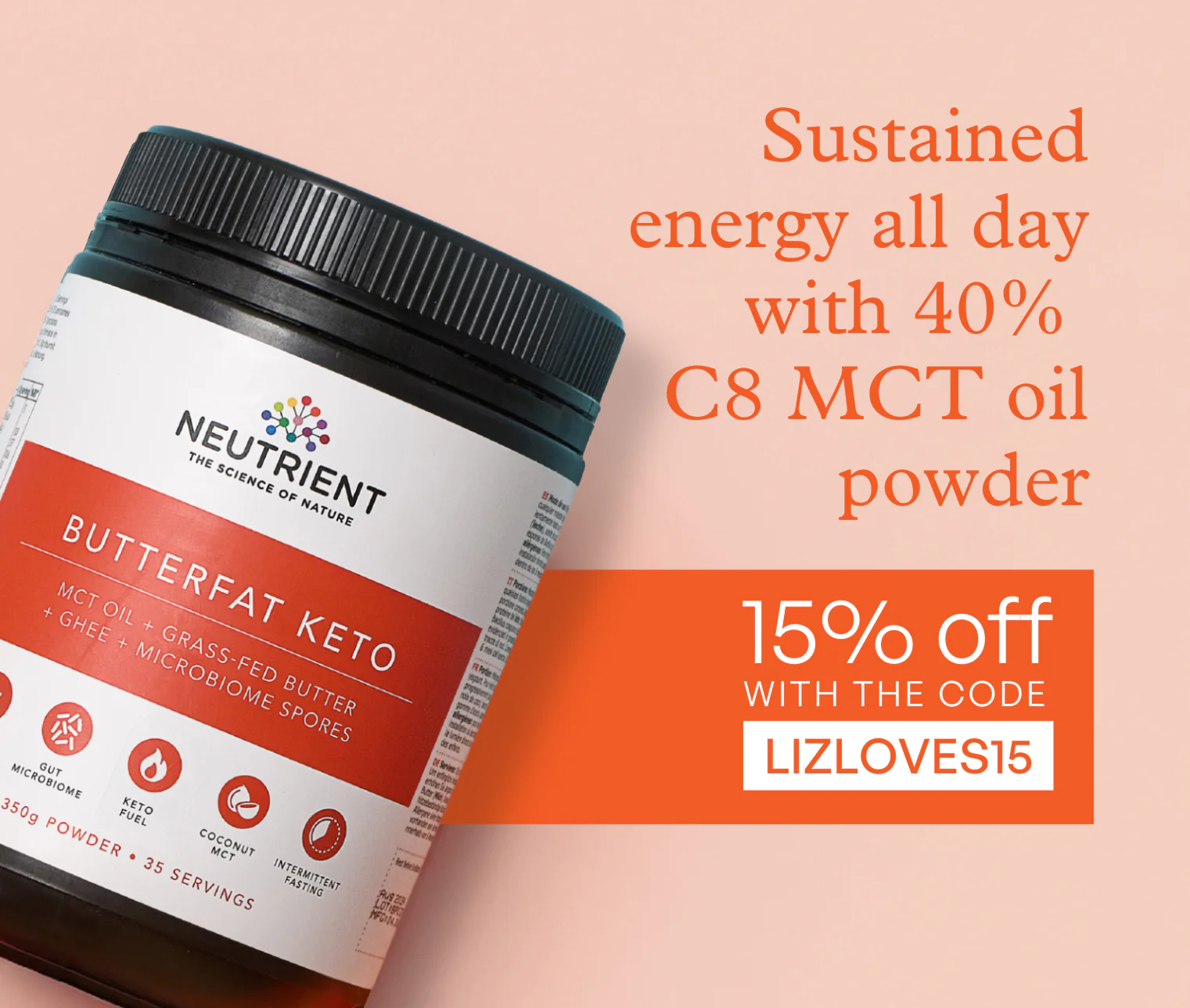Healthy Ingredients
Soya and women’s health – what you need to know
There’s a lot of talk about how eating soya may impact women’s health. But what’s the truth? Dr Harriet Holme, a registered nutritionist, unpicks the evidence, revealing the truth about this contentious plant protein.
Soya and women’s health – what you need to know
The soybean (also known as the soya bean) is a legume native to East Asia. You’ll find it in foods such as soy milk, edamame beans, tofu, tempeh, miso paste and processed soy proteins (such as frozen vegan and vegetarian meat substitutes). It’s rich in protein and is a good source of various vitamins and minerals. This includes vitamin K1, B1, folate, copper and manganese.
There have been countless headlines about soya over the years. Some tout it as a saviour for hot flushes during the menopause. Others disagree as to whether it can prevent or even increase our risk of breast cancer.
It has generated controversy largely because it contains phytoestrogens. These are plant-derived compounds that have a similar structure to the human hormone estrogen and have a similar, albeit weaker, effect in the body. Phytoestrogens are also found in other foods such as flaxseeds and sesame seeds. You can also find them in a more concentrated form in supplements. These are frequently marketed and chosen to target menopausal hot flushes. The type of phytoestrogens found in soya products are known as isoflavones, and the two major varieties are genistein and daidzein.
Soya and the menopause
Isoflavone supplements contain much higher concentrations of phytoestrogens than are naturally found in food. There is mixed evidence regarding whether or not these can reduce hot flushes. Given the mixed evidence about the efficacy of these potent supplements, it’s therefore unlikely that consuming phytoestrogen-rich foods such as soy will have a significant benefit on symptoms. However, if you are suffering from menopausal hot flushes, they are worth trying to see if they help you.
Can we digest phytoestrogens?
Soya can be metabolised into different active phytoestrogens. This depends on a number of factors, including our genes, diet and the diversity of microbes in our gut.
Daidzein, for example, is one of the key isoflavones in soy. It’s metabolised to equol and O-desmethylangolensin (O-DMA) by our intestinal bacteria. Cellular and animal studies suggest that equol and O-DMA are more biologically active than their precursor daidzein.
This might help to explain why some women have more luck with using phytoestrogens to treat menopausal symptoms than others. It may have something to do with our gut bacteria and whether or not we can metabolise soy to these more active compounds. The specific bacteria responsible for equol and O-DMA production in humans have yet to be identified. Only about one-third of people have the ability to produce equol, while the majority (80-95%) of people can produce O-DMA.
Studies in humans also suggest that the ability to metabolise daidzein to equol may be associated with reduced risk of certain diseases. This includes breast and prostate cancers.
Soya and breast cancer
Rates of breast cancer in Asia are about one-sixth of those seen among Caucasian people in the US. Research has linked this lower risk among Asian people with their high consumption of soy. Every 10mg of isoflavone intake per day is associated with an estimated 16% reduction in risk. The age we’re eating soy products also appears to be key. Adolescent and pre-pubertal intake of soy showed a stronger effect on risk than eating soy foods during adulthood.
Another difference is the type of soy that people consume in Asia. In Asia, the main soy-based foods are tofu, soybeans, soy milk and miso, with an average intake of approximately 25-50mg of isoflavones per day. In contrast, intake of soy isoflavones in Western populations usually totals less than 1mg of isoflavones per day. The majority in the West comes from legumes, sprouts and vegetables (containing trace amounts of isoflavones), and soy flour or soy protein that are commonly added as extenders and fillers in different bakery and canned goods.
Additionally, the protective effect of soy in Asian populations may be partly due to soy metabolism. As mentioned above, the gut microbiota plays an important role in the metabolism of soy to the active metabolite equol.
Only 30% of Western microbiomes are associated with this capacity, compared with 60% of the Asian population. It’s not possible to know exactly how to optimise the microbiota to help increase metabolism of soy to equol, since the exact micro-organisms are unknown. However, logically improving the diversity of microbiota is not only beneficial for wider health, but also may potentially increase equol production.
Fermented food, including fermented soy such as miso and tempeh, have the potential to increase microbial diversity, which may also contribute.
Soya and breast cancer recurrence
Fears that eating soy might increase our risk of breast cancer or its recurrence originate from laboratory studies. In the laboratory, exposure to soy has been associated with growth of breast cancer cells in cellular models, and also in mice that have had their ovaries removed, simulating the menopause.
How can soy stimulate growth of cancer in these models, but appear to be associated with a lower risk of developing breast cancer in human studies? One theory is that the laboratory and animal models are ‘low estrogen environments’ and are essentially missing the protective, naturally occurring estrogen seen in women. Another is that the type of soy metabolite matters. The administration of equol in cellular and mouse models has not been associated with increased tumour growth.
Follow Harriet at healthyeatingdr.com and on Instagram @healthyeatingdr





